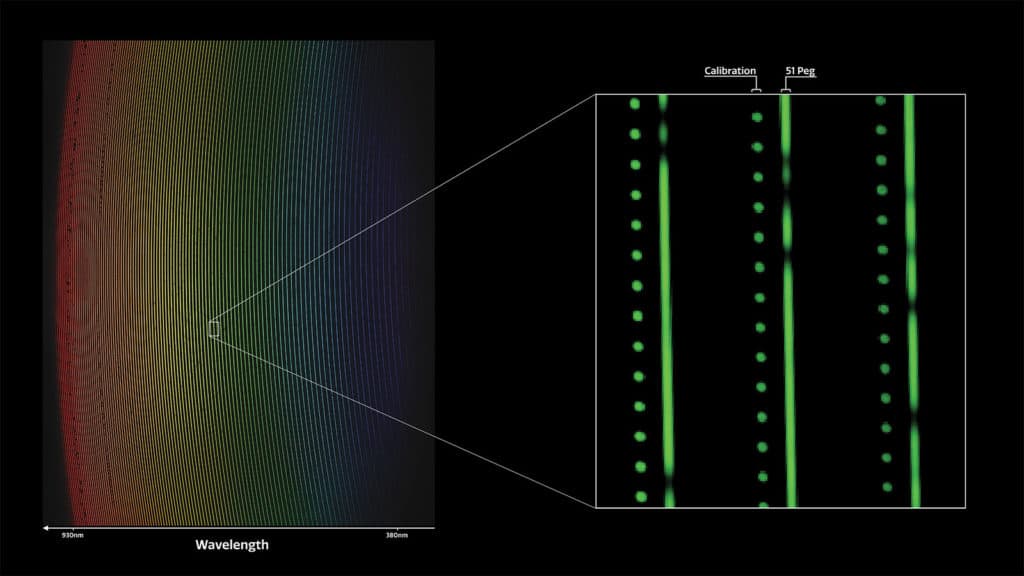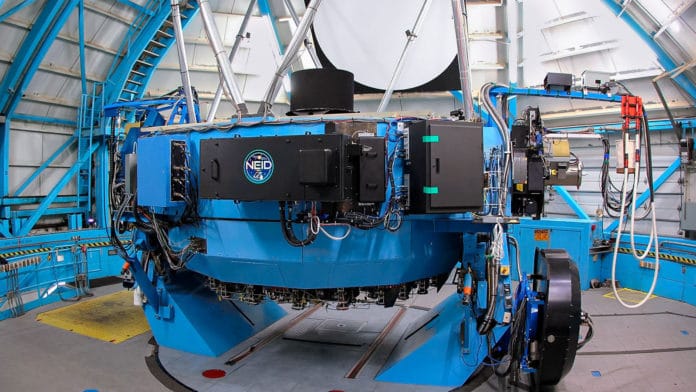Dubbed as NEID and pronounced as ‘NOO-id,’ a new tool has been developed to measure the masses of exoplanets by observing the gravitational pull they exert. This data about the planet can reveal their inner composition and structure.
The tool developed by NASA, in collaboration with the National Science Foundation, recently made its first observation on the WIYN 3.5-meter (11.5-foot) telescope at Kitt Peak National Observatory when it examined 51 Pegasi, which in 1995 was the first Sun-like star found to have an exoplanet.

To date, instruments have been able to quantify speeds as low as around 3 feet per second, yet NEID has a place in the next generation of instruments- that can accomplish around three-times-better accuracy. It can distinguish and study rocky planets around stars smaller than the Sun.
Moreover, the scientists and engineers working with the instrument want to use the tool to demonstrate extreme precision radial velocity that could maybe one day recognize planets as little as Earth circling Sun-like stars in the habitable zone, where fluid water might exist on a planet’s surface.
NEID is also expected to confirm the presence and measure masses of planets discovered by NASA’s recently launched TESS. This approach can reveal how big around the planet is and, based on the wobble, the length of its “year,” or one trip around its star. Also, it can potentially investigate planet candidates found by other telescopes.
Members of the NEID team will discuss the first light results at the 235th meeting of the American Astronomical Society in Honolulu.
